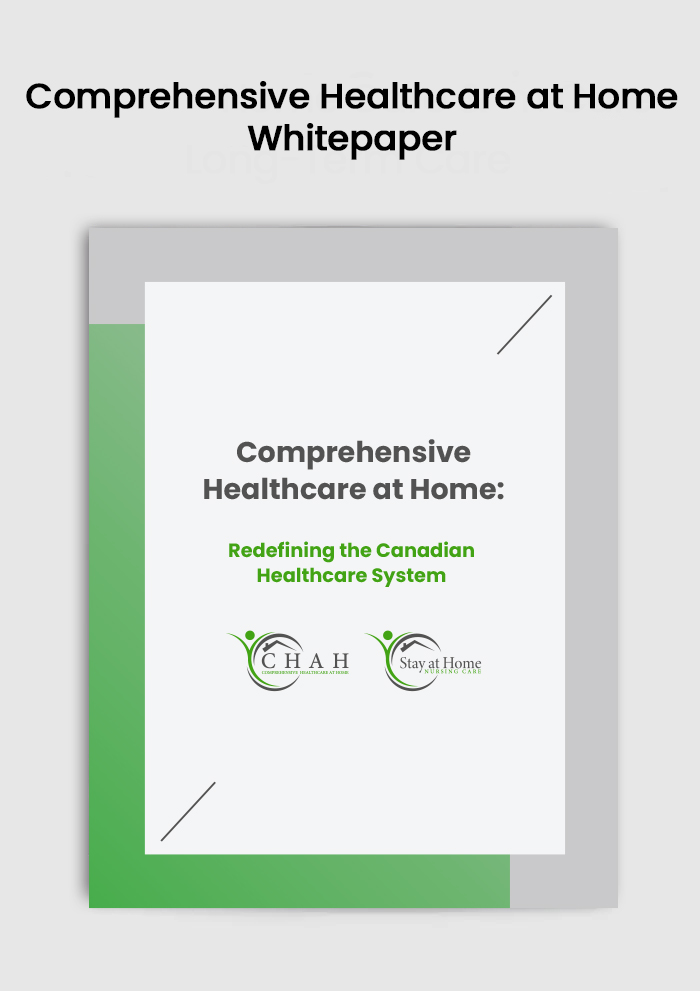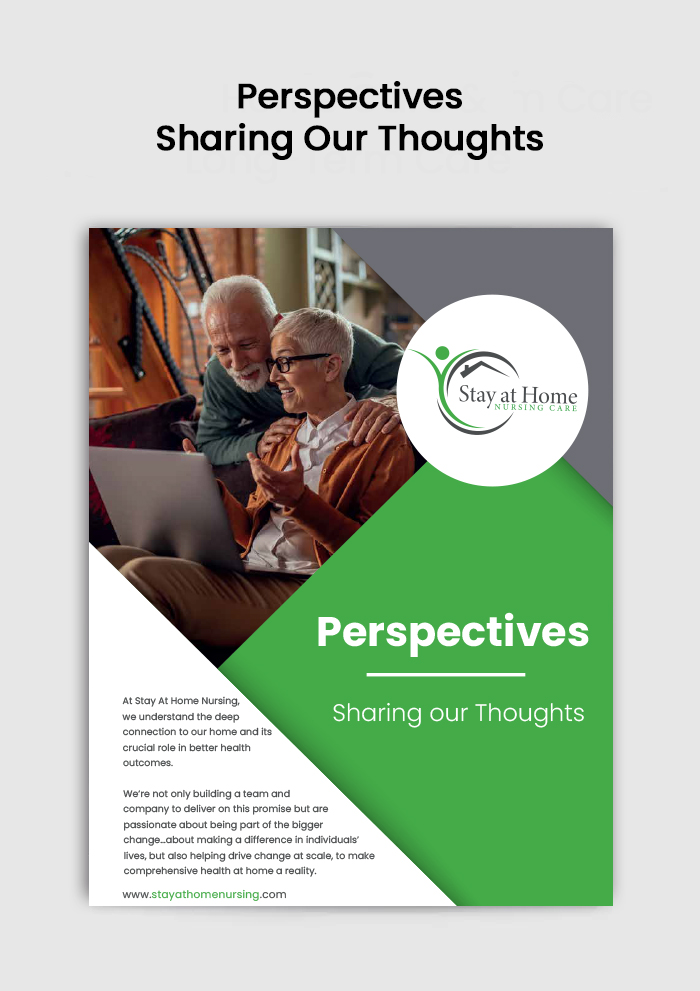As we welcome 2025, I find myself reflecting on the profound challenges and opportunities that lie ahead for the healthcare sector. At Stay at Home Nursing and CHAH Technology, we believe the next decade represents a critical period—one that will shape the future of healthcare in Canada and beyond. Two years stand out as pivotal markers in this journey: 2025 and 2031. These years are not merely points in time; they are inflection points that demand foresight, innovation, and unwavering commitment to our core values.
2025: The Year of Action
2025 is more than just the start of a new chapter. It is a year of opportunity and responsibility—a critical moment for laying the groundwork to address one of humanity’s most pressing challenges: the aging population. The next six years provide the narrow window we have to plan, test, and deploy solutions that will mitigate the impact of a rapidly aging demographic.
By 2031, every member of the baby boomer generation will be over 65, creating an unprecedented demand for healthcare services. Without decisive action in 2025, we risk overwhelming our healthcare systems and undermining the principles of universal care that Canadians hold dear.
To meet this challenge, we must focus on solutions that are both scalable and equitable. At CHAH Technology, our efforts center around leveraging predictive AI, remote patient monitoring, and homecare innovations to shift the focus from reactive to preventative care. Equally important is the need to invest in our healthcare workforce, empowering caregivers with tools that enhance their effectiveness and efficiency.
2031: The Aging Bulge
Fast-forward to 2031, and we will see the culmination of these efforts—for better or worse. By this year, the baby boomer generation will represent not only the largest elderly population in history but also the greatest concentration of wealth within a single demographic. This duality presents both opportunity and risk. While increased healthcare spending could spur innovation and better outcomes, there’s also the danger of a two-tiered system emerging, where wealth dictates access to care.
Canada’s healthcare system is founded on equity and universality, values we must protect as we navigate these pressures. The decisions we make in 2025 will determine whether we rise to this challenge or allow the system to fracture under the weight of inequity and demand.
The Broader Context: Three Risks to Humanity
As we consider the significance of 2025 and 2031, it is essential to recognize that healthcare is just one of three existential challenges humanity faces, alongside geopolitical instability and climate change. Each of these crises is interconnected. Geopolitical instability can disrupt healthcare supply chains, while climate change exacerbates health risks such as heat-related illnesses, respiratory conditions, and the spread of vector-borne diseases.
What sets the healthcare crisis apart is its predictability. Unlike geopolitical or environmental uncertainties, the demographic aging of our population is a defined and measurable trend. This gives us a unique opportunity to act proactively. By addressing healthcare challenges now, we can build resilience not just within the healthcare system but also in our ability to respond to broader global crises.
Bridging the Gap: Staying on Track
The years between 2025 and 2031 will be a time of continuous learning and adaptation. To stay on track, we need to:
- Establish Feedback Loops: Regularly assess and adjust our healthcare strategies based on real-world outcomes.
- Foster Public Engagement: Build trust and buy-in through transparent communication and community involvement.
- Sustain Collaboration: Leverage partnerships across the public and private sectors to drive innovation and ensure equitable access.
- Secure Funding: Advocate for sustained investment in healthcare infrastructure, workforce development, and cutting-edge technologies.
- Drive Structural Change: Many existing models can’t be duct-taped and modified. We need bold thinking and a redefining of both healthcare categories, and their operating models.
This period demands vigilance, collaboration, and the courage to innovate within the framework of our values. It’s not enough to innovate for innovation’s sake—we must ensure that every advancement serves the greater good and upholds the accessibility and quality of care.
A Call to Action
As we embark on this journey, 2025 reminds us that the future is not something we passively inherit; it is something we actively create. By seizing this moment, we can build a healthcare system that not only meets the demands of an aging population but also sets a global standard for equity and innovation. Let’s make 2025 the year we chose action and 2031 the year we see the fruits of our collective efforts.







